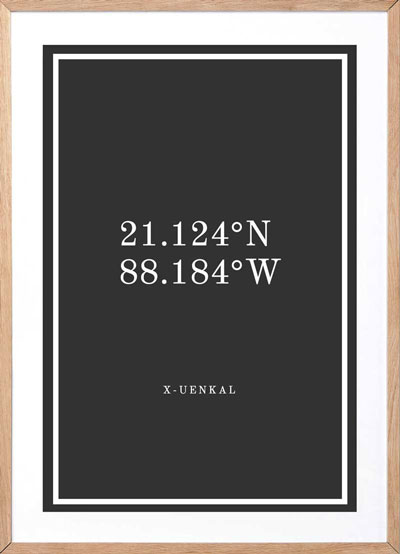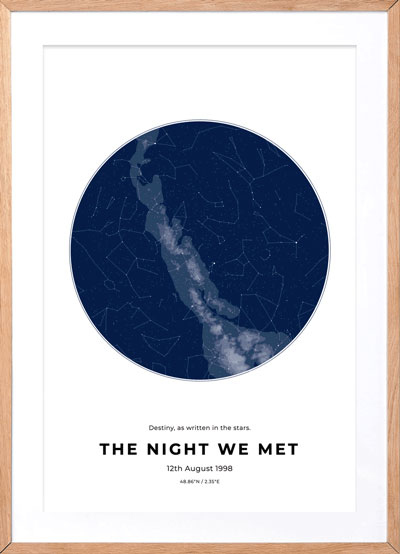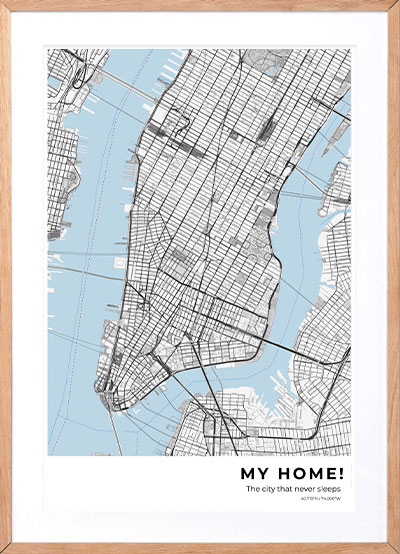What is a Gallery Wall?
The gallery wall was first known as a salon wall. This dates back to the 1600’s when the French would utilize them in the late seventeenth century. At first, these “salon walls” were used to display a myriad of different sized, and different textured art, in one space. A wall-collage, if you will. These salon walls were viewed as a different movement, away from the stale and classic ways to decorate French courts. Salons (and their walls) became places where enlightenment thinkers and intellectuals would gather.
The first salon was established in 1670 at the Académie Royale de Peinture et de Sculpture in Paris. The following image depicts what this salon looked like, floor to ceiling in artwork, wherever the walls had space - art was present.
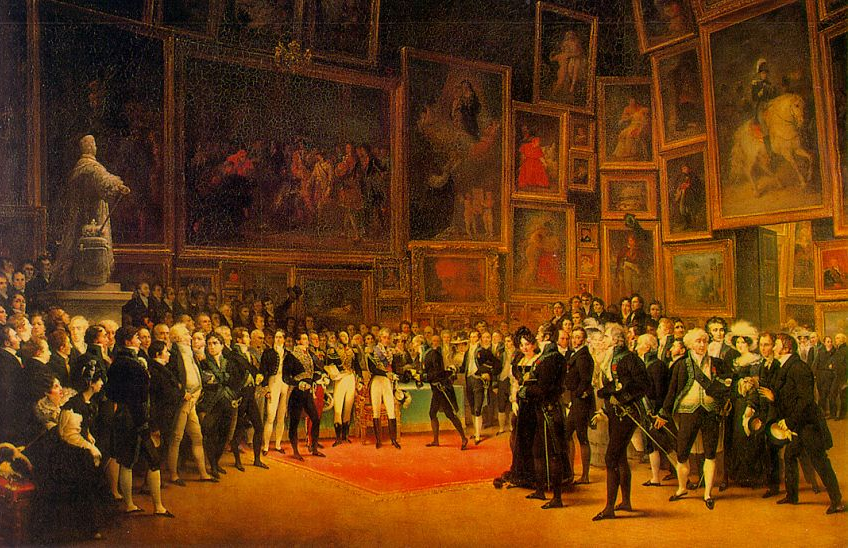
Soon after, salon walls started spreading outside of France. The Royal Academy of Art in London, in 1768 - decided to showcase a salon of wall-to-wall artworks that captured the artistic spirit of that time. See below image.
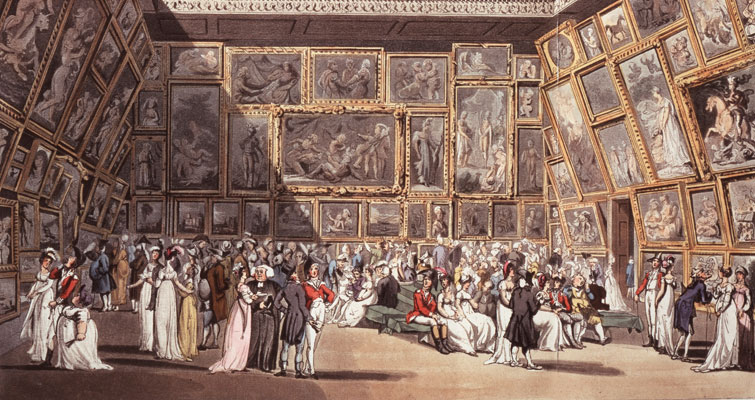
The salon wall nowadays is known as the gallery wall, and it’s a style of decoration for any space that encourages an assortment of works splayed across the wall. It’s perfect for people who want to show some character in their space, show-off their art collections, or just to share what’s deeply personal to them. We’ve shared a few gallery wall examples below!
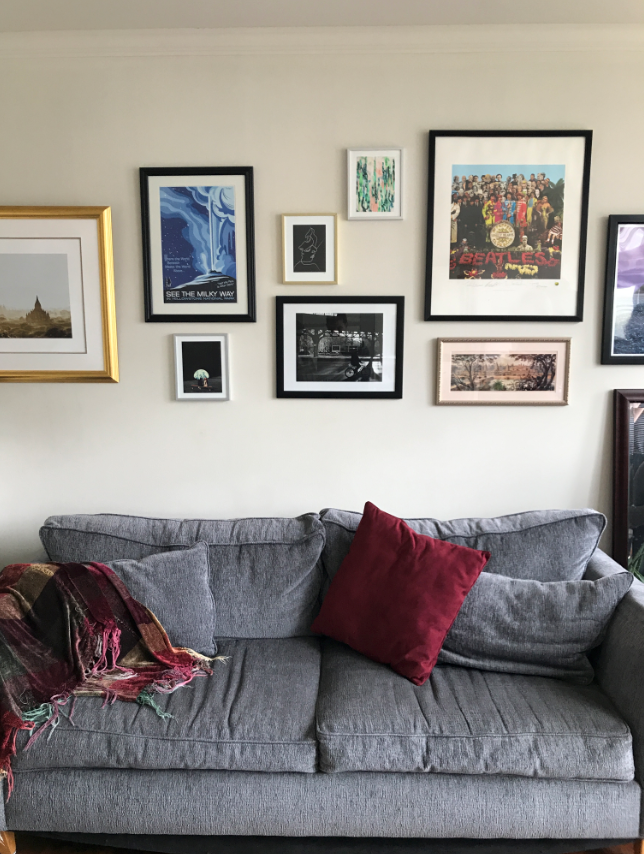
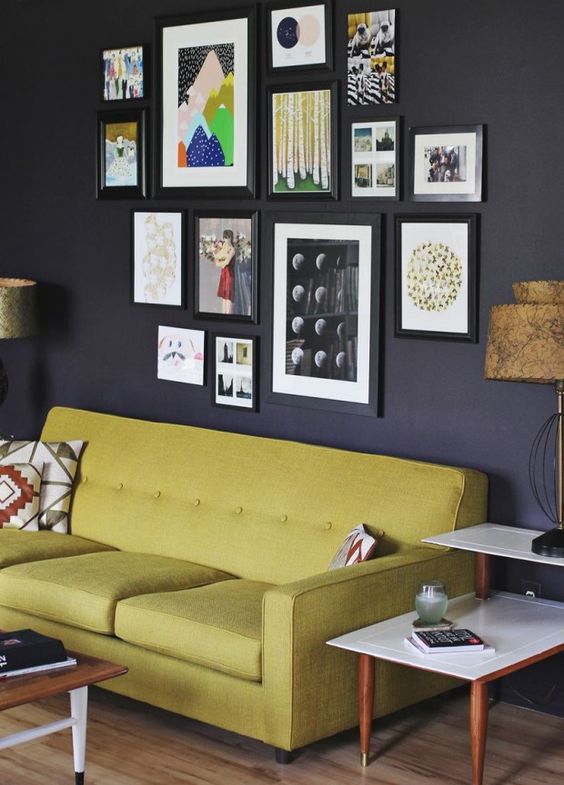
We also have a few tips to share when it comes to trying your hand at a gallery wall.
First and foremost: measurement! If you’re going for a structured look, make sure you get consistent spacing throughout your wall and that you carefully plan where all your pieces will be. A good practice is to draw a horizontal or vertical line across your wall/space, and hang images/artworks in equal distances away from these lines to maintain continuity. If you’re going for a more frenzied look, you may disregard this tip, or follow it lightly.
Second, use a variety of different frames. Gallery walls are great when they show the character of their owner, and using the same frame can look a bit… dull. Try going for some color, perhaps adding a splash of gold or silver, and take it from there.
Third/optional, start with a focal point or large piece of art first. This will help keep your gallery wall balanced and symmetrical. Once you have the larger piece, work from it as the center outward. We recommend having at least 1.25 or 1.5 inches apart to make each piece unique. Try to keep the pattern balanced against any other furniture or wall fixtures.

Hopefully, these tips help you! If you have a gallery wall, please tag us on Instagram or Facebook! @craftoak. We at Craft & Oak would love to see your custom gallery walls, and if they include a print by us, we’d be even happier!
